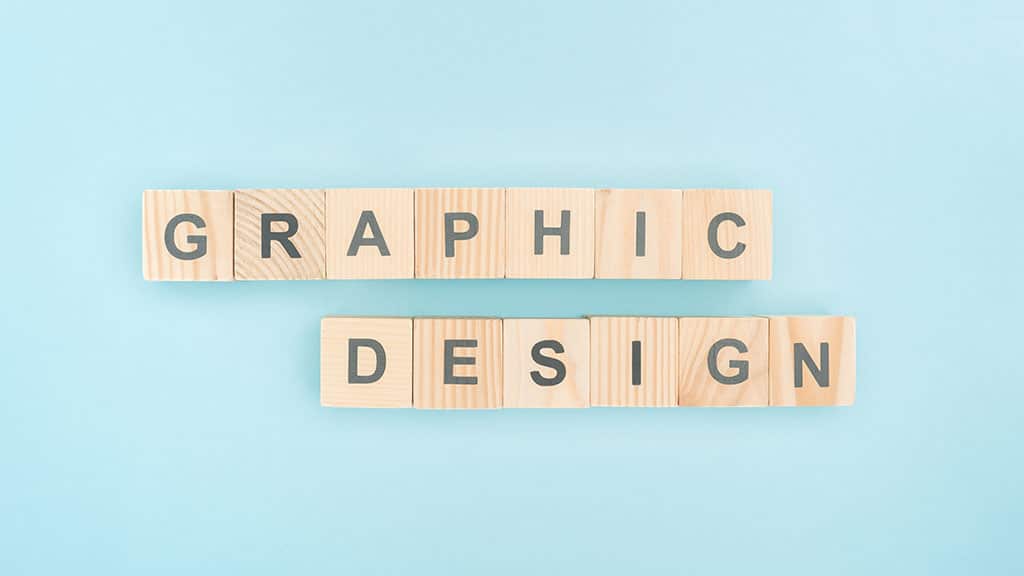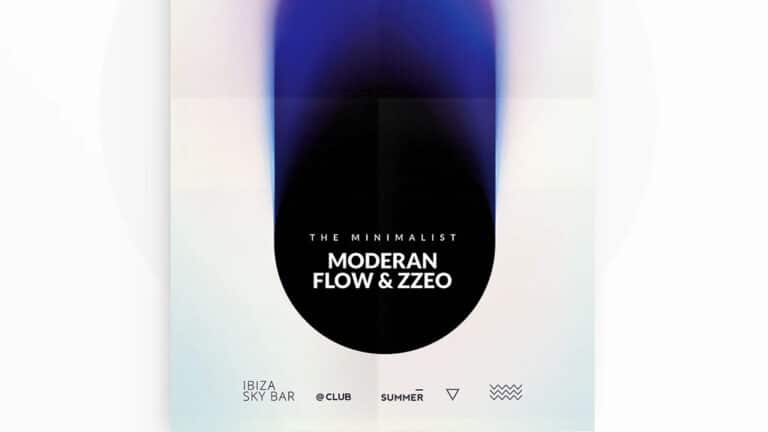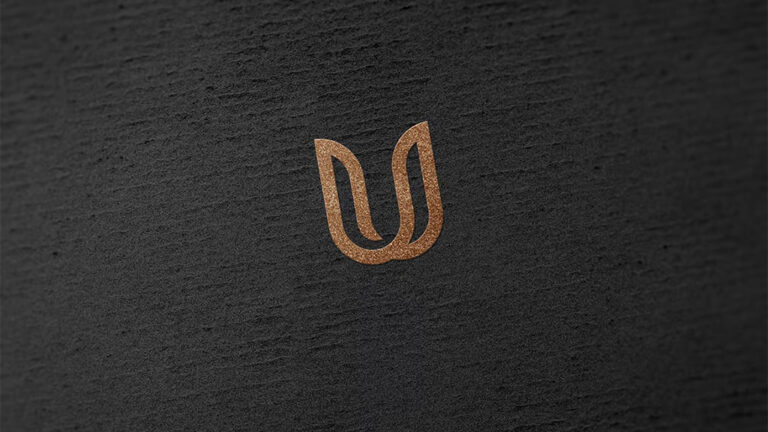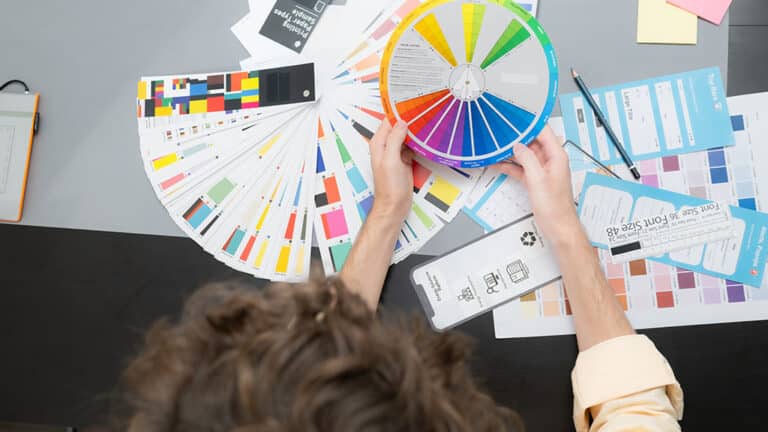Graphic Design vs. Branding: What’s the Difference for Your Business?
If you’ve ever used the terms “graphic design” and “branding” interchangeably, you’re not alone. Many business owners, especially those building their brand for the first time, tend to blur the line between the two. After all, they both deal with visuals, right? While that’s true, the difference between graphic design and branding is deeper than it seems—and understanding it can have a major impact on how effectively you grow your business.
Graphic design and branding are not competing concepts; they’re complementary. But confusing one for the other can lead to missed opportunities, inconsistent messaging, and a lack of clarity in your marketing. If your visuals look great but your brand message isn’t resonating, or if you have a strong mission but your materials don’t reflect it, you’re likely dealing with a disconnect between design and branding.
Recognizing the distinction—and knowing how they work together—can help you build a stronger, more memorable, and more profitable business. Let’s break down what each one really means and why it matters.
What Is Graphic Design?
Graphic design is the craft of creating visual content that communicates a message. It includes everything from your logo and website layout to social media graphics, packaging, signage, and advertising materials. Designers use elements like typography, color, images, and layout to tell a visual story that aligns with your brand’s goals.
Think of graphic design as the visual execution of communication. Its job is to make your message clear, attractive, and functional. Whether it’s designing a product label that grabs attention on a store shelf or a landing page that encourages clicks, graphic design is all about making information visually accessible and emotionally engaging.
But here’s the key: graphic design doesn’t define your brand—it expresses it. The visual choices a designer makes (like which font to use or how to structure a layout) should be informed by something deeper. That “something deeper” is your brand.
Businesses often come to a designer asking for a logo, brochure, or website without a clear idea of who they are or what they stand for. That can result in visuals that are technically well-designed but don’t reflect the heart of the brand. That’s why many companies benefit from starting with branding before jumping into design work—or at the very least, working with a team that offers both strategic and creative support through graphic design agency services.
What Is Branding?
Branding is bigger than visuals. It’s the full identity of your business—what you stand for, how you sound, how you make people feel, and the promises you make to your audience. While graphic design is a vital piece of branding, it’s only one part of the larger picture.
Your brand includes your mission, values, tone of voice, personality, and positioning in the marketplace. It’s how people talk about your business when you’re not in the room. It’s the emotion your customer feels when they interact with you. Branding sets the direction; it’s the strategy behind how you want to be perceived.
Visual branding elements like logos, color palettes, and typography are tools used to represent that identity, but they are not the identity itself. You can’t create an effective logo or website design without first understanding the brand it’s meant to represent.
For example, if your brand is all about being approachable, community-driven, and fun, the visuals should reflect that tone. The fonts might be playful, the colors warm and friendly, and the layout open and inviting. But if your brand is positioned as high-end and exclusive, your visual identity would need to feel luxurious, clean, and premium.
That’s why branding always comes first. It provides the foundation upon which all graphic design decisions are made. Without that foundation, your visuals may be beautiful but lack the context needed to connect with your audience in a meaningful way.
Graphic Design Is a Tool; Branding Is the Strategy
One of the clearest ways to understand the difference between graphic design and branding is to think of branding as the strategy and graphic design as the execution. Branding is the plan—it defines who you are, what you stand for, how you sound, and how you want your audience to feel. Graphic design is one of the primary tools you use to communicate that plan visually.
If branding is the blueprint of a house, graphic design is the construction crew bringing it to life. You wouldn’t start building without first having a solid architectural plan, and the same logic applies to your brand. Starting with design without clear branding can result in visuals that feel disjointed, misaligned, or confusing.
When businesses skip the branding step and go straight to design, they often end up redoing their materials later because the design doesn’t resonate with their audience or align with their long-term goals. This is especially common when businesses rely on trendy aesthetics that look good in the moment but don’t have staying power.
On the other hand, when your branding is clearly defined, the design process becomes more focused and effective. Designers can make informed choices that align with your message, values, and market position. This not only saves time and money but also ensures that your brand visuals will serve a purpose beyond just looking good—they’ll actually work.
Branding Includes Non-Visual Elements
Another key difference is that branding extends far beyond the visual aspects of your business. Many people associate branding only with logos and color schemes, but in reality, it also includes non-visual elements like tone of voice, messaging, values, mission, and customer experience.
Take tone of voice, for example. A brand can sound casual and playful or formal and authoritative—and that tone should be consistent across all written content, from your website copy to social media captions to email newsletters. It also influences how your customer service team speaks to clients or how your brand responds to feedback online.
Brand values and mission are also central to your branding. What does your business believe in? What kind of change are you trying to make in the world or in your industry? These values inform everything from your messaging to your partnerships to the types of customers you attract.
Customer experience is another often-overlooked component of branding. How easy is it for someone to navigate your website, get support, or make a purchase? How do people feel after interacting with your team or product? These intangible elements all shape how your brand is perceived and remembered.
Graphic design plays an important role in reinforcing these non-visual elements. A friendly, approachable tone might be reflected through rounded fonts and soft color palettes. A brand focused on innovation might use sleek, minimalistic layouts and bold typography. But without first identifying those brand characteristics, the design itself won’t have the proper direction or meaning.
Graphic Design Brings Branding to Life
Once your brand strategy is clearly defined, graphic design steps in to give it form, shape, and expression. It’s the vehicle that delivers your brand message to the world in a visual format that people can quickly understand and emotionally connect with.
Graphic design turns ideas into visuals. It takes abstract brand concepts—like trust, energy, or creativity—and translates them into real-world design choices. The right logo can communicate credibility. A smart color scheme can evoke excitement or calm. A well-designed website can convey professionalism and guide users toward a purchase.
What’s important to understand is that great design doesn’t just look good—it feels right when it’s based on a strong brand foundation. It’s cohesive, intentional, and aligned with your brand’s identity across all touchpoints. It ensures that your logo, social media graphics, ads, packaging, and every other piece of content are telling the same story.
When branding and design work together in harmony, your audience receives a consistent experience that builds recognition and trust. That’s when your brand starts to feel not just professional, but unforgettable.
Poor Branding Undermines Great Design
No matter how visually stunning your graphics may be, they can only go so far without a solid brand foundation behind them. Great design without clear branding is like a beautifully wrapped gift with no message inside—it might catch someone’s eye, but it won’t leave a lasting impact.
Many businesses fall into the trap of thinking great visuals alone will attract and convert customers. They invest in logos, social media templates, or ad campaigns with sleek designs, only to find they’re not connecting with their audience in a meaningful way. That’s because design, when created in a vacuum, can easily miss the mark.
Without branding to guide it, design decisions are made based on trends or personal taste rather than what will resonate with your target audience. The result? Inconsistency, confusion, and a lack of emotional connection. People might admire your visuals but still not understand who you are or what you stand for.
On the flip side, clear branding empowers your design to work harder and smarter. It informs color palettes that support emotional tone, typography that matches your brand personality, and layout choices that reflect your values and business goals. Without that foundation, you’re decorating, not communicating.
If your visuals look polished but don’t seem to move the needle, your branding—or lack thereof—might be the root of the problem.
Great Branding Guides Great Design Decisions
When branding is clear and well-defined, it acts like a creative compass. Every design decision, from the shape of your logo to the spacing on your website, can be evaluated against the brand strategy. This kind of clarity doesn’t just make things easier for designers—it produces better results for your business.
For example, a brand that defines itself as bold and disruptive will have a very different visual approach than one positioned as nurturing and community-driven. The former might lean into high-contrast color schemes, dynamic layouts, and edgy typography. The latter might use softer tones, organic shapes, and calm, open design.
Having this kind of brand clarity upfront ensures your design choices aren’t arbitrary. Instead, they’re intentional and aligned with your audience’s expectations. It speeds up the creative process, reduces back-and-forth, and leads to visuals that feel “right” from the very beginning.
Designers often say the best work comes from clients who know who they are. That doesn’t mean having all the answers—it means having a strong sense of brand identity that provides clear direction and purpose. When your branding is dialed in, your design becomes more than decoration—it becomes strategic storytelling.
When to Invest in Branding vs. Design
Understanding the difference between branding and design can help you know where to focus your time and budget, especially if you’re building your business in stages.
If you’re just starting out or undergoing a major shift—like entering a new market, pivoting your messaging, or expanding your audience—you’ll want to begin with branding. This is your foundation. Without it, you risk creating visuals that won’t scale, resonate, or deliver the consistency needed for long-term growth.
Branding work may include developing your mission, vision, core values, brand voice, customer personas, and market positioning. Once that foundation is in place, you’re in the ideal position to start investing in design assets like logos, websites, marketing collateral, and digital content.
On the other hand, if your brand strategy is already strong and clearly defined, but your current visuals feel dated or inconsistent, then investing in updated design is a smart next step. Design can evolve alongside your brand to ensure it stays modern, competitive, and engaging.
In some cases, you may need both. If your brand feels disconnected from your audience and your visuals are all over the place, a full brand and design overhaul can help you get back on track.
Conclusion: You Need Both—But in the Right Order
Graphic design and branding are not interchangeable—they serve different purposes, but they rely on one another to succeed. Branding sets the direction, while design brings that direction to life in a way your audience can see, understand, and connect with.
Trying to do design without branding is like painting without a canvas. It might look interesting, but it has nowhere to live and no structure to support it. On the other hand, strong branding with poor design execution fails to communicate its full potential.
To build a business that’s not only visually appealing but also emotionally resonant and strategically positioned, you need both branding and design. The key is knowing which to prioritize and when to bring in the right expertise to do it well.
When these two elements work in harmony, you create a brand experience that’s clear, compelling, and consistent—one that attracts your ideal audience, builds long-term loyalty, and drives meaningful business results. That’s the real power of understanding the difference between branding and graphic design—and using both to your advantage.

















